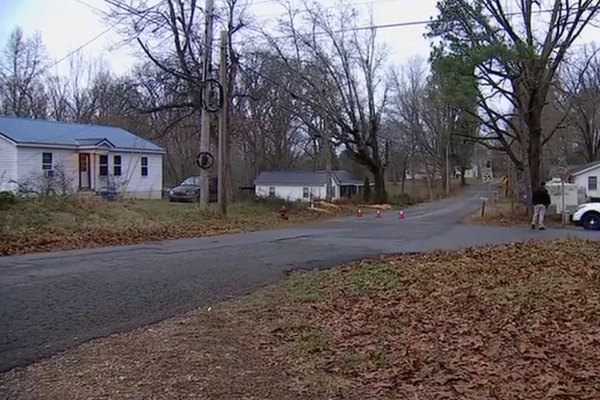
In a midnight operation, hundreds of police officers descended on People’s Park in Berkeley, California, to clear out the activists and unhoused campers occupying the area, to make way for the construction of a housing complex for students.
By dawn, the park that was once the centre of the 1960s antiwar and counterculture movement was walled off with shipping containers and surrounded by police.
The University of California, Berkeley’s $312m plan to build student housing on the site has been repeatedly delayed and ensnared in legal disputes. Police arrested seven protesters for trespassing, according to the university. They were cited and released.
Law enforcement dispatched to the park included police from around the University of California and California State University systems, as well as from the California highway patrol, Alameda county sheriff and San Francisco city and county sheriff, according to a UC Berkeley spokesperson, Dan Mogulof.

Officials arranged the clear-out while most students were away from the university for winter break. In the first hours of Wednesday morning, officers approached a treehouse occupied by activists, and used a chainsaw to dismantle its connection to a community kitchen structure. Crews dismantled the kitchen as officers corralled the activists.
Construction workers felled trees around the perimeter of the park, dismantled tents and eventually pushed out most of the protesters. Holdouts in the treehouse eventually left voluntarily, accepting a condition from the police that they would not be arrested.
In a news release posted overnight, the university said that in clearing the park, it had been “enforcing its legal right to close the construction zone”. However, the university acknowledged that it cannot begin construction until the California supreme court settles legal challenges. A state appellate court found that the university had failed to adequately conduct environmental reviews of its construction, and had failed to fully consider alternative locations for housing.

“The existing legal issues will inevitably be resolved, so we are taking this necessary step now to minimize the possibilities of conflict and confrontation, and of disruption for the public and our students, when we are cleared to resume construction,” the university chancellor, Carol Christ, said. “Unfortunately, our planning and actions must take into account that some of the project’s opponents have previously resorted to violence and vandalism.”
Until construction can begin, the barrier wall is designed to keep people out of the park, Mogulof said. A small number of security personnel will be there until the end of construction.
In the summer of 2022, prior to the litigation, the university tried to fence off the park and begin construction, but were blocked by protesters.
The push to build 1,100 units of student housing, as well as 125 units of supportive housing for the unhoused gained momentum amid criticisms that public universities had been failing to provide enough affordable housing for their students. UC Berkeley currently provides enough housing for only 23% of its students.

Opponents of the project have countered that though the university must build more housing, it should study alternative sites for construction that would not involve the clearing of a historic park.
In the 1960s, the university claimed the area with eminent domain, razing houses that had once stood there with the idea of building dorms, but the construction stalled. The park blossomed in 1969, when counterculture protests reclaimed the dirt lot, landscaping the area with flowers and organising free food distributions on site. The university’s attempt to reclaim the land and bulldoze the lot resulted in a clash that came to be known as Bloody Thursday. Law enforcement killed one man and injured dozens of protesters, and then governor Ronald Reagan eventually sent in thousands of national guard troops with tanks and helicopters.
The university has contended that its new construction plans would honour the historic nature of the park, while trying to resolve homelessness and crime. The university has also paid for motels to house people camping at the park. Advocates have countered that the temporary relocation of the unhoused has also caused confusion and tumult for vulnerable campers with complicated mental health needs and low chances of securing permanent housing after their motel stays expire.
• This article was amended on 4 January 2024 to reflect that Ronald Reagan was governor when he sent in troops on Bloody Thursday, not the president.







